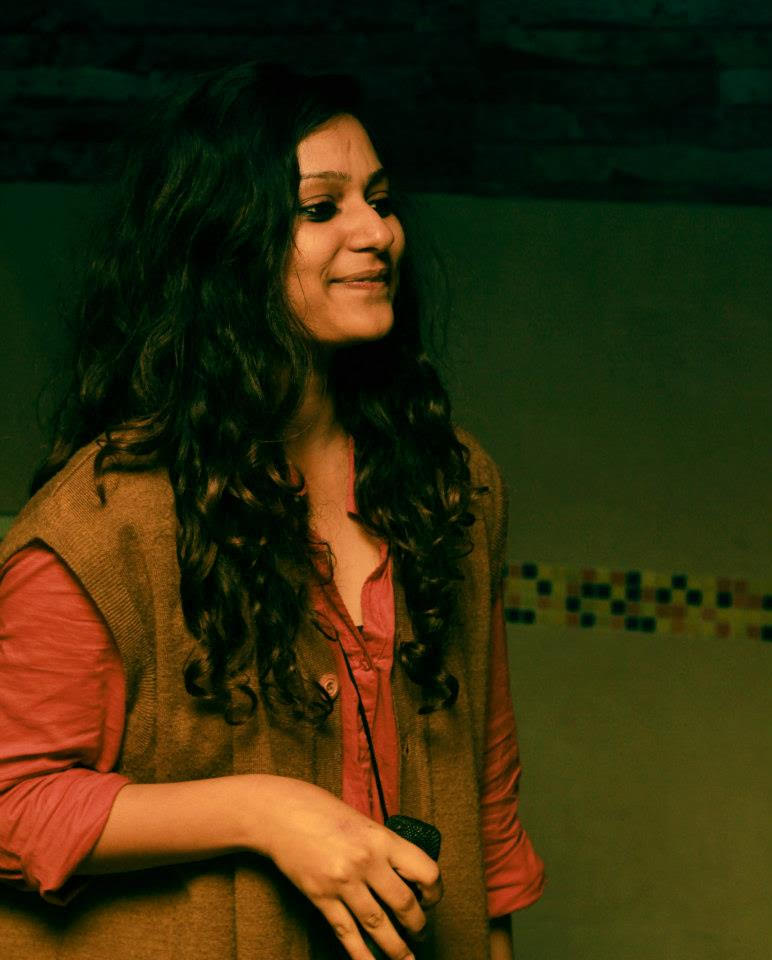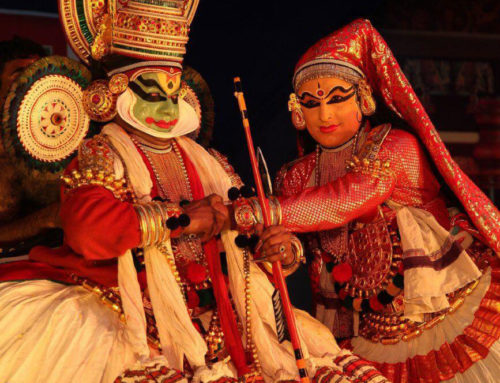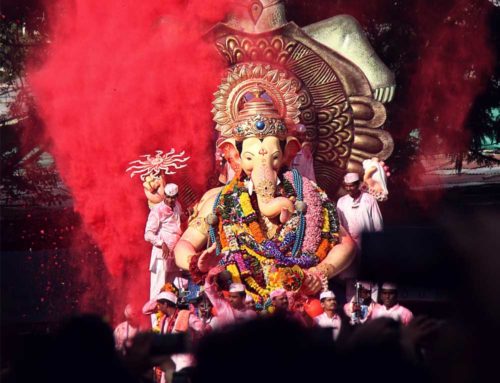Namaste.
If you are familiar with this word, then this article is for you. Or even if you have read it in the Oxford Dictionary that describes it as a verb, ‘to give Namaste (to), be with us.
If you have even attended yoga classes even once then, you must know that Namaste is a very common greeting that represents a gesture to the universe in hope of receiving a positive message and as a thank you to the world that is created around us.
For those planning to visit India, this will come as you guide you absorb India’s cultural knowledge from those that we meet with compassion, patience and generosity.
This is the word that you are going to hear very often on your trip to India – especially when you meet locals, see it in prayer rituals, attending a yoga class, or watching a classical dance performance, in Indian homes, restaurants, hotels and streets. Now you must wonder if there are thousands of languages spoken in India, so why do we just need to learn about this one word – Namaste? What makes it so unique? How could just a simple salutation hold the Indian culture together and bring out a unifying experience?
“To understand the true meaning of Namaste, let us travel deep in its origins.”
Origins of Namaste

The interaction with Nature is the founding discourse of any traveller. Recently moving to the mountain village brought me nearer to ground, a look closer at the dance of eternity. I realised there are varied worlds steeped in beauty, innocence and imagination, not bound by false arcades of norms and pretence. Travel stories fascinate me. For me, it’s been about renegotiating newer territories; forever relocating; listening & writing stories.



